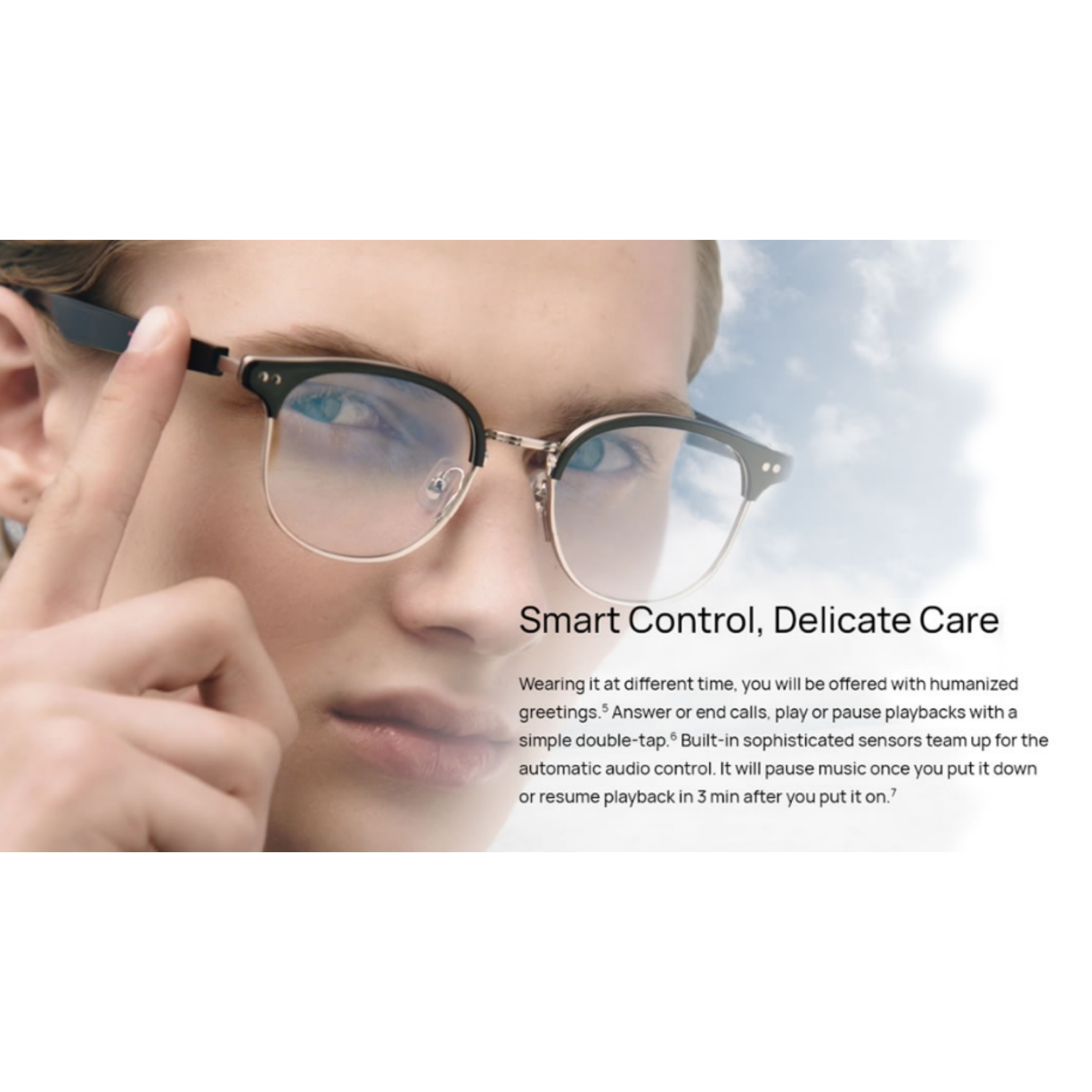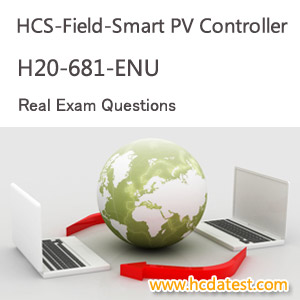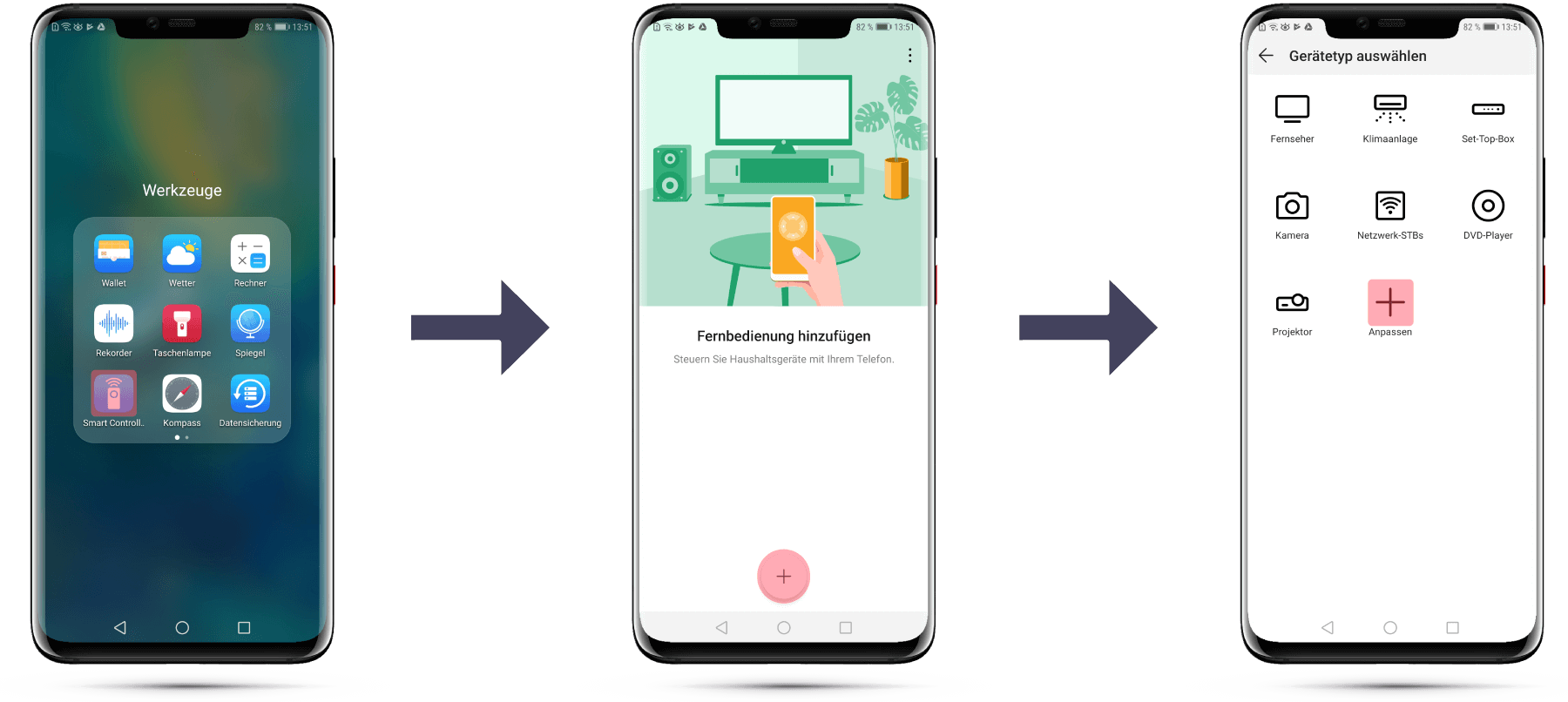

Huawei Connected City Lighting Solution pares LED lamps with smart lighting polices. For instance, automatically reduce street lamp brightness or only switch on every other lamp at midnight when traffic volume is low or turn lamps on when there is poor visibility such as on rainy days.

Integrated Smart Lighting Policies to Ensure High Energy Efficiency Wu Chou, CTO of Huawei Switch and Enterprise Communications Product Line, debuted the solution. Huawei Connected City Lighting Solution is designed to address these issues. For example, London has approximately 35,000 street lamps, resulting in an estimated total power consumption of 56,000,000kWh per annual, together with inspection costs and maintenance fees, the street lamps significantly impact municipal expenses. While these lamps bring convenience to people's lives, they also consume a vast amount of energy and increase management costs for municipalities. Street lamps are almost ubiquitous in cities. Welcome speech by Swift Liu, President of Huawei Switch and Enterprise Communications Product LineĪccording to The Climate Group, there are approximately 304 million street lamps around the world, and the number is expected to reach 352 million by 2025. The solution provides municipal managers with status information on each lamp, in every street and enables precise control of on-off switches and brightness of individual street lamps, allowing on-demand lighting and a reduction in energy consumption by up to 80%.

Huawei Connected City Lighting Solution connects street lamps to the IoT and adopts a GIS-based management system, enabling cities to enhance the control and performance of every street lamp. Today at CeBIT 2016, Huawei debuted its Connected City Lighting Solution, the industry's first Internet of Things (IoT) lighting solution with multi-level intelligent control.


 0 kommentar(er)
0 kommentar(er)
